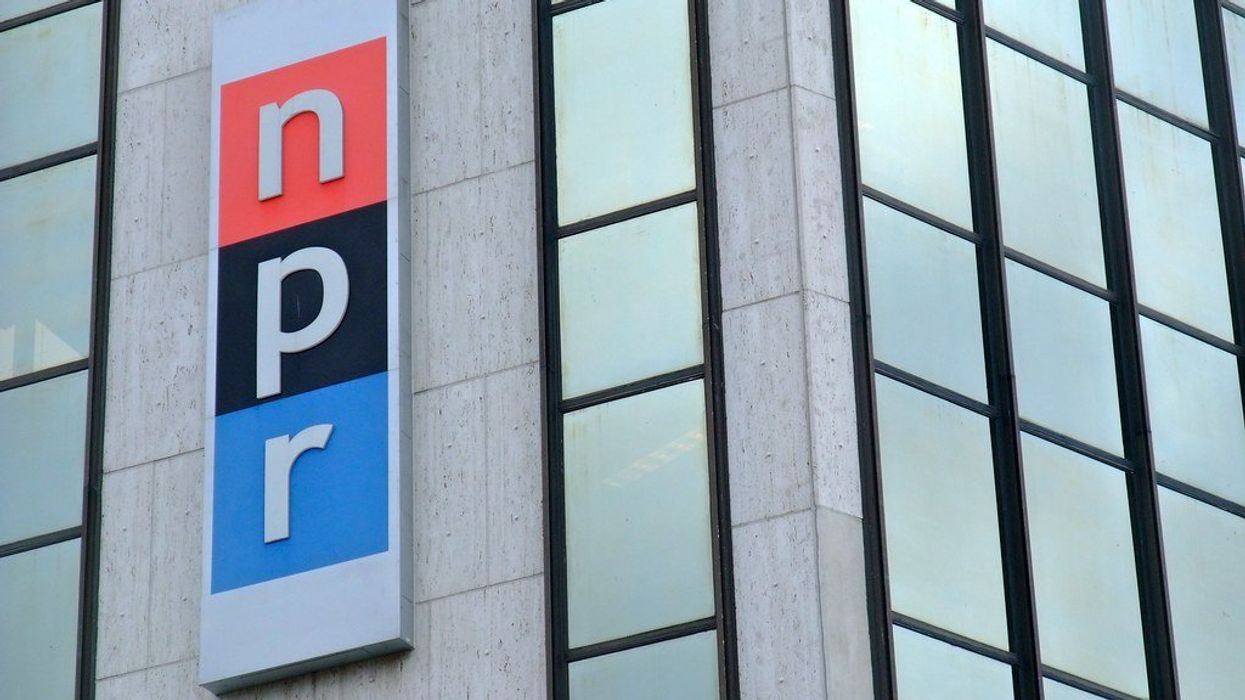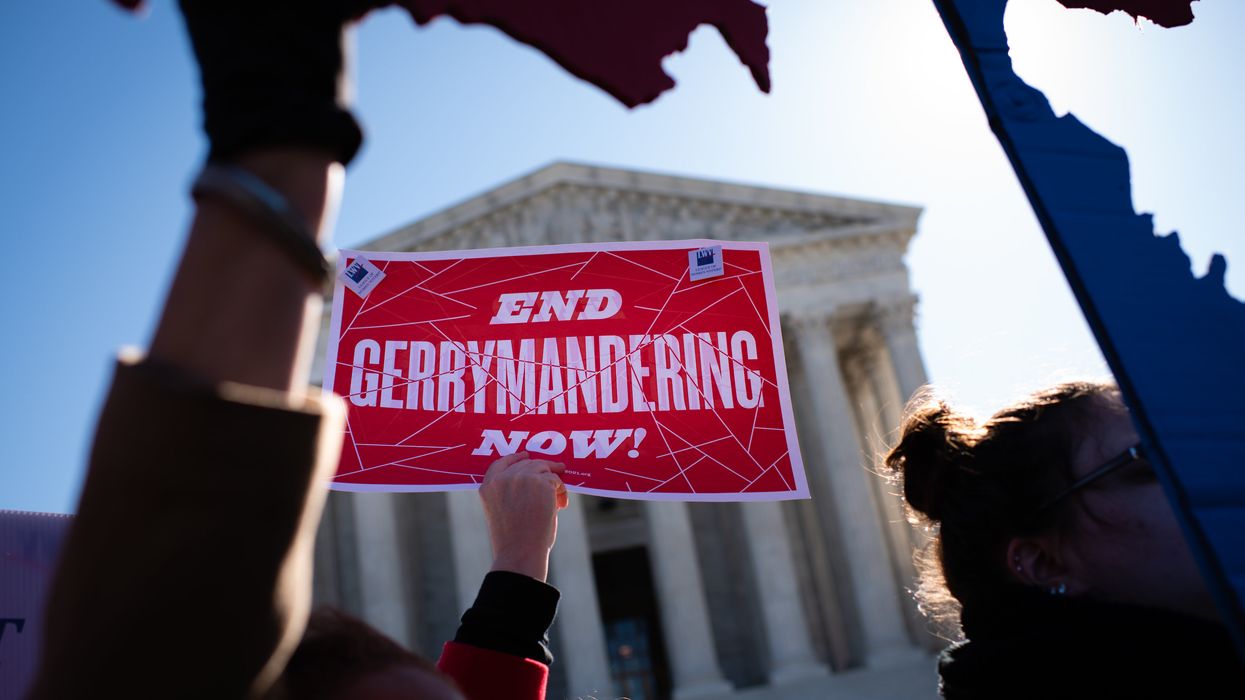President Donald Trump signed an executive order late Thursday evening to eliminate federal funding for NPR and PBS. The order directs the Corporation for Public Broadcasting (CPB) and other agencies to cease both direct and indirect public financing for these public broadcasters.
In a social media post, the administration defended the decision, asserting that NPR and PBS "receive millions from taxpayers to spread radical, woke propaganda disguised as 'news.’" The executive order argues that government-funded media is outdated and unnecessary, claiming it compromises journalistic independence.
However, CPB, which distributes approximately $535 million annually to public broadcasters, has pushed back, emphasizing its status as a private nonprofit organization not subject to presidential authority. PBS President Paula Kerger condemned the order as “blatantly unlawful,” while NPR announced plans to challenge it through legal avenues.
This move follows previous efforts by the Trump administration to defund cultural and educational institutions, including the Kennedy Center and the National Endowment for the Humanities. The order's legality is unclear at this time, and it is expected to face legal challenges.
The defunding of NPR and PBS is very much in line with Heritage Foundation's policy guide, which includes a section on CPB, which funds NPR and PBS. The guide argues that public funding for these organizations should be eliminated, citing concerns about bias.
During the campaign, Trump repeatedly distanced himself from Project 2025, saying he had "nothing to do with" the initiative, had not read it, and did not plan to. Additionally, he called some of its proposals "abysmal" and "ridiculous" on his Truth Social platform. However, despite these claims, many of his policies since taking office have closely aligned with recommendations from Project 2025
Thursday night’s executive order, signed by President Trum,p states:
"Unlike in 1967, when the CPB was established, today the media landscape is filled with abundant, diverse, and innovative news options. Government funding of news media in this environment is not only outdated and unnecessary but corrosive to the appearance of journalistic independence."
It directs the Corporation for Public Broadcasting (CPB) to "cease federal funding for NPR and PBS" to the extent the law allows. The order further states:
"Which viewpoints NPR and PBS promote does not matter. What does matter is that neither entity presents a fair, accurate, or unbiased portrayal of current events to tax-paying citizens."
These arguments have been central to efforts to eliminate federal funding for public broadcasting, including recent executive orders and legislative proposals.
The order is expected to face legal challenges, as CPB argues that it operates independently and is not subject to direct presidential authority.
Advocates for NPR and PBS emphasize their vital role in providing free, high-quality news, educational programming, and cultural content, particularly for rural and underserved communities lacking reliable media access. PBS enhances early childhood learning through programs like Sesame Street, while NPR offers in-depth journalism that fosters an informed citizenry. Additionally, public broadcasting is crucial for delivering emergency alerts, disaster coverage, and public safety information in areas where commercial media are scarce.
Public broadcasting has long enjoyed bipartisan support, ensuring Americans access to non-commercial media that serve the public good rather than corporate interests. The funding—approximately $500 million annually—accounts for less than 0.01% of the federal budget, making cost a negligible factor.
PBS and NPR executives warn that defunding public broadcasting would devastate communities that rely on it for trusted news, education, and emergency alerts. PBS CEO Paula Kerger has emphasized the organization's role as an essential service providing universal access to free, high-quality content.
The recent Executive Order is dramatic, but its implications could be even more sweeping if the administration fully implements Project 2025’s recommendations. Among them is a proposal to strip NPR of its noncommercial status and reclassify it as a commercial entity—a move that would force it off the FM dial and open its frequencies to religious broadcasters.
Meanwhile, the Federal Communications Commission (FCC), under Trump-appointed leadership, has already scrutinized NPR and PBS's underwriting practices, questioning whether their sponsorship acknowledgments constitute prohibited commercial advertising.
The most extreme recommendation in Project 2025 is the complete revocation of NPR’s noncommercial status, a shift that could fundamentally alter public broadcasting in the United States.
NPR and PBS have long served as vital pillars of American public media, providing in-depth journalism, educational programming, and cultural storytelling free from commercial influence. Their continued existence ensures access to diverse voices and independent reporting—an essential counterbalance in a rapidly shifting media landscape.
The recent Executive Order raises fundamental questions about the future of NPR and PBS, challenging their role in American public media.
David Nevins is co-publisher of The Fulcrum and co-founder and board chairman of the Bridge Alliance Education Fund.



















